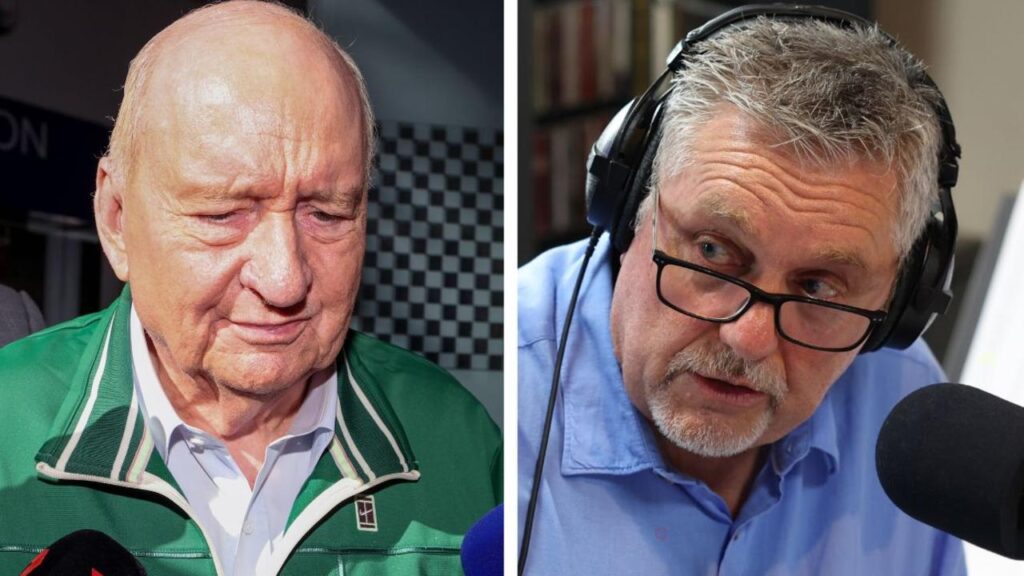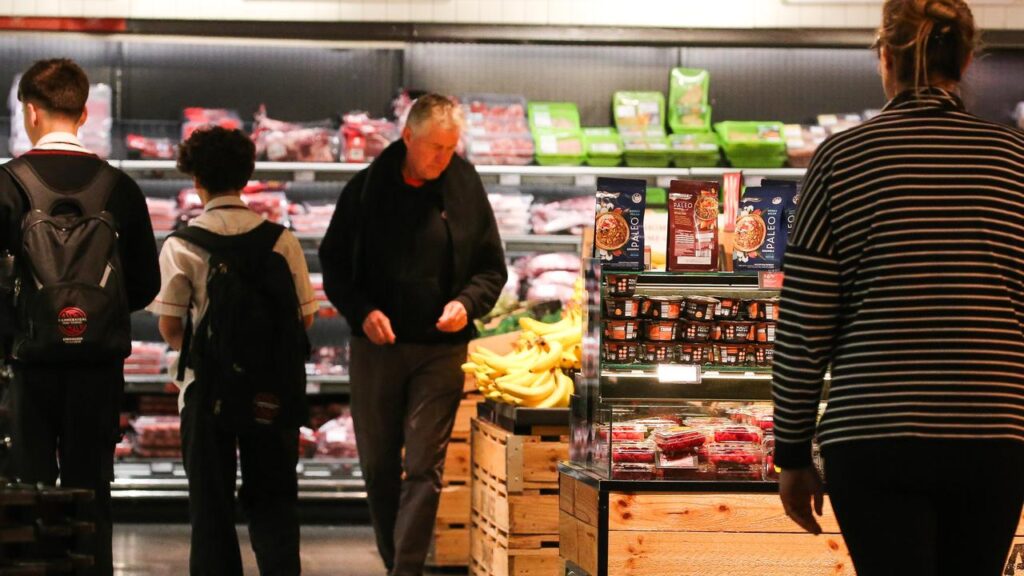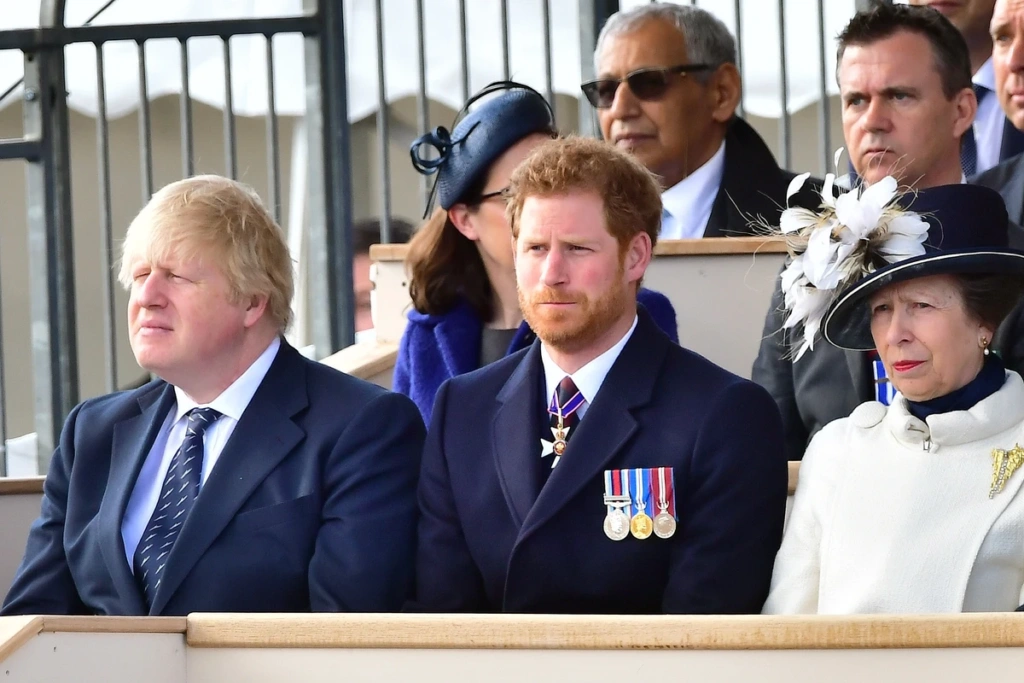Budget surplus first since 2008
Written by admin on September 30, 2024
New figures have revealed a significantly increased budget surplus of $15.8bn, allowing the Albanese government to claim the first back-to-back surplus in more than 15 years.
The May budget had forecast a $9.3bn surplus for 2023-24, but that had been revised up to $15.8bn, according to the final budget outcome.
This follows the surplus of $22.1bn in the previous financial year.
Before the pre-election budget and fiscal outlook in 2022, when the Coalition was till in power, had forecast a $56.5bn deficit for this financial year.
Treasurer Jim Chalmers said the better than expected surplus was driven by frugal saving and spending restraint, as revenue and tax receipts had taken a hit.
Gross debt has also improved by about $17.bn, from a forecasted $923bn to a final figure of $906.9bn.
Since 2023-24 Labor says it has identified $77.4bn in budget savings ahead of the final budget outcome, including $12.2bn reported in the 2023-24 financial year.
“These surpluses help pay down Liberal debt, help fight inflation and haven’t come at the expense of cost-of-living relief for people under pressure,” Mr Chalmers said.
“Our bigger than expected surplus in the year just gone is entirely due to lower spending, with the tax take also lower.
“This kind of responsible economic management would be unrecognisable to our predecessors.”
Finance Minister Katy Gallagher said budget numbers were a first in nearly two decades.
“By exercising fiscal discipline and reducing wasteful Liberal spending, we’re able to invest in the things that matter most to Australian families,” she said
“Posting back-to-back surpluses is a key part of our plan to take pressure off inflation while providing relief to families, who we know are under pressure.”
However, amid a cost-of-living crisis, the increased surplus will likely do little to woo voters.
Redbridge strategy and campaigns director Kos Samaras said most voters would be “agnostic” to a surplus, in which government revenue exceeds its expenses.
While Monday’s update will reveal the updated numbers, figures revealed in the May federal budget said Australia will dip back into the red in 2024-25, and 2025-26, recording a deficit of $28.3bn and $42.8bn consecutively.
“Many are reaching a stage where they can’t manage it and when the economy turns a corner, it will take many of these Australians many of years to recover from,” Mr Samaras said.
More Coverage
According to the most recent Newspoll released earlier this month, Labor’s primary vote has dipped to 31 per cent, the party’s equal lowest since the 2022 election, with the Coalition increasing its lead to seven points.
The major parties, however, remained deadlocked in a 50-50 split on a two-party preferred basis for the third month in a row.
With cost of living firming up to be a major political battleground, and a cash rate cut unlikely until February, Mr Samaras said Labor was “on a short runway and they’re running out of tarmac”.







